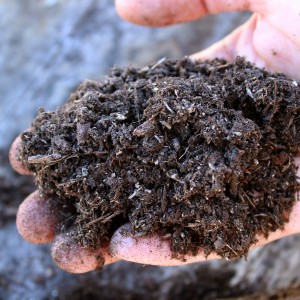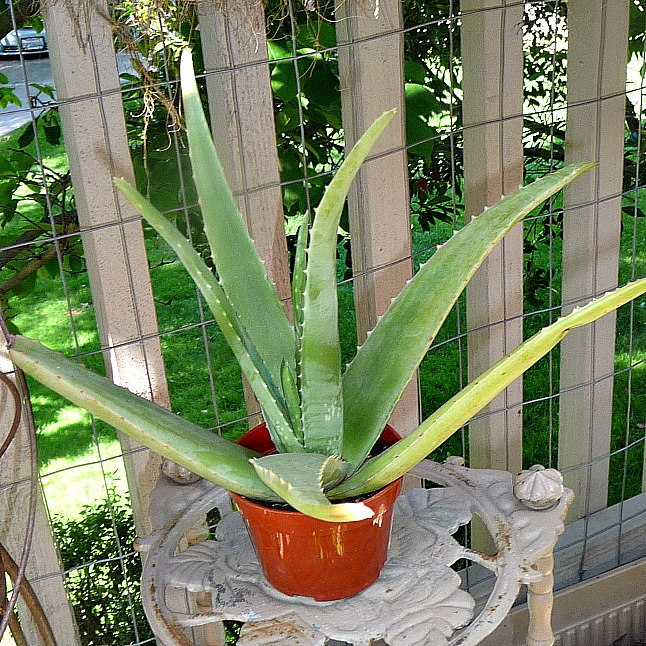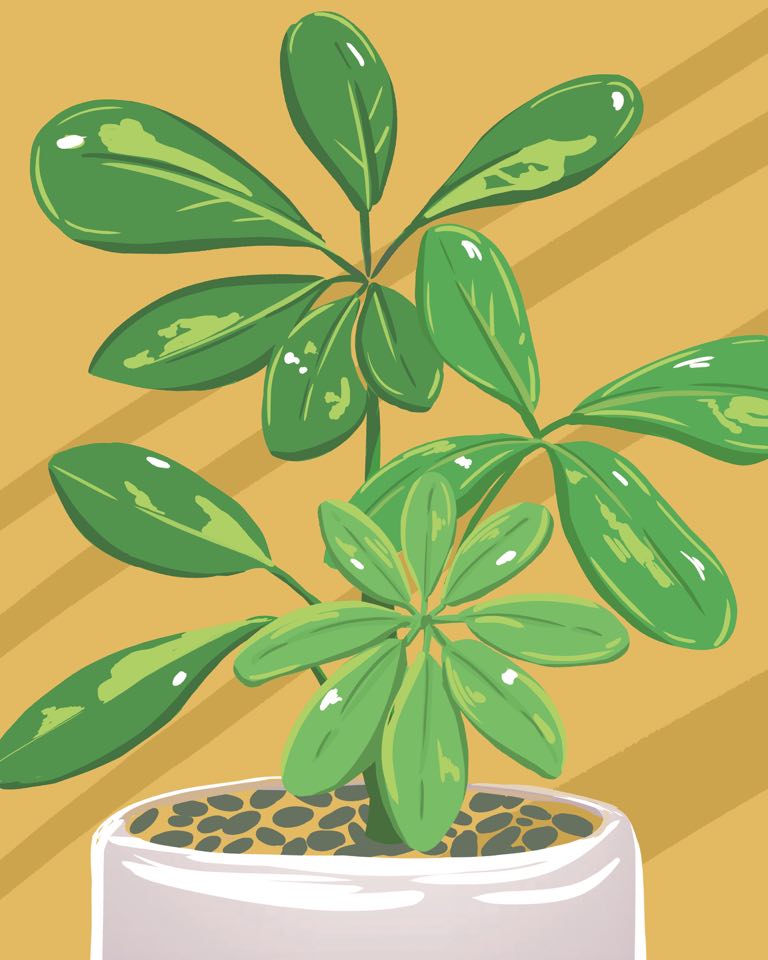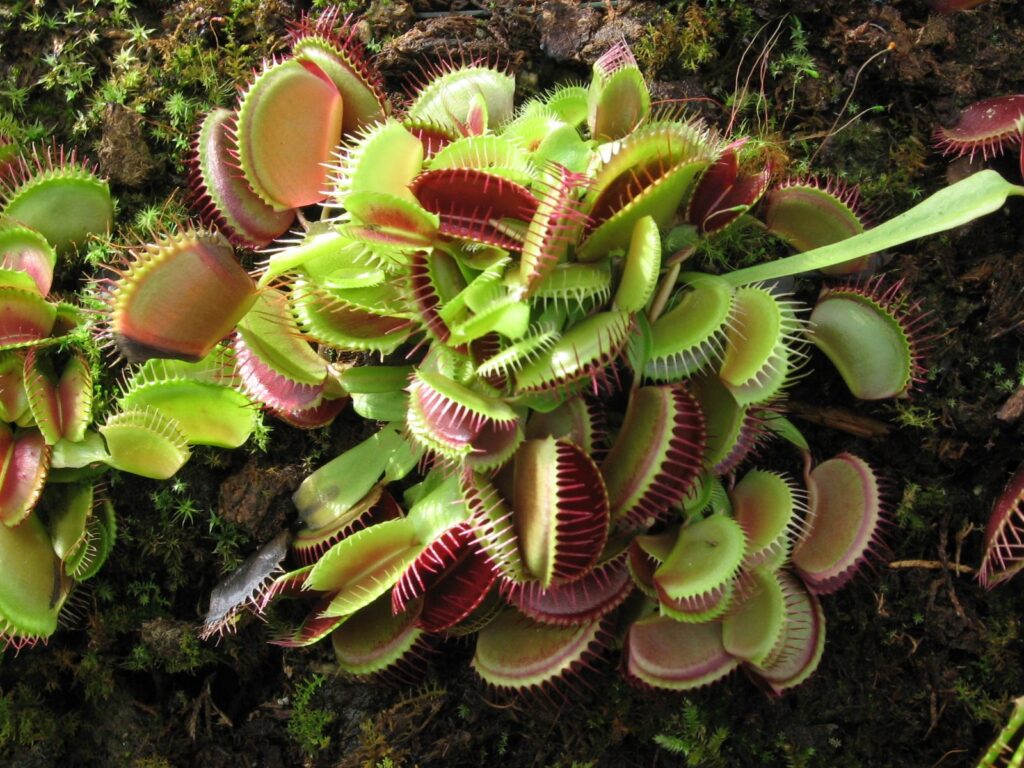In order to produce food, plants need a regular supply of deep water. The amount and frequency of water depends upon which types of plants you have and whether they are new or already established.
During a drought, your county may enact laws that dictate how often you can water or if you can water at all. Strict fines may be in place for home owners who fail to follow these rules. You’ll need to plan for how you can best take care of your food plants.
No matter which situation you find yourself in, the best way to protect your plants is to use mulch. Be sure to read this section at the bottom of this article and check out my article called, “Mulch Mulch Mulch!”
How to Water
Irrigate your food plants with a hose, soaker hose or drip system. Apply water slowly and in the morning! This allows water to percolate slowly through the soil. Avoid using sprinklers as they don’t water plants deeply. After watering, the root zone around the plant should be thoroughly soaked but not wet.
No Water
The residents of your county may be asked not to water their landscapes at all. If this is the case, it’s possible that some of your well-established perennial fruit, vegetable and nut plants may survive the drought. Unfortunately, these plants will not thrive or produce a crop. They will also become stressed and susceptible to pests and diseases.
Planting an annual vegetable garden is out of the question if you are asked not to water. However, that shouldn’t prevent you from growing a few tomatoes or peppers in 5 gallon containers. Keep a bucket in your shower to save the water that’s normally wasted while the water warms up. Use this water to water your container plants.
Water Allowed Two Times Per Week
Well-established perennial food plants should thrive under this watering condition. Examples of perennial food plants include citrus, grape vines, berries, fruit and nut trees, asparagus, artichoke and rhubarb. These plants need deep watering about once per week during hot summer months in most soils and less water in spring. Crops in sandy soils that dry out quickly may need to be watered twice per week. Before you decide how often to water, read this article.
It may not be possible to plant an annual vegetable garden or establish new perennial plants with only twice per week watering. Seeds and transplants need regular water and the soil must not dry out.
Water Allowed One Time Per Week
Established perennial plants may do well with just one watering per week. Read this article on how to deep water to make sure your plants do well. You won’t be able to start a new vegetable garden or add perennial plants to your garden as the soil must be kept moist for them to survive.
Add Mulch!
To keep your garden soil moist longer, apply a 3-4 inch layer of mulch over the top. Keep the mulch away from the base of your plants. Learn more about this fantastic resource in an article I wrote entitled, “Mulch Mulch Mulch!”








Leave a Reply